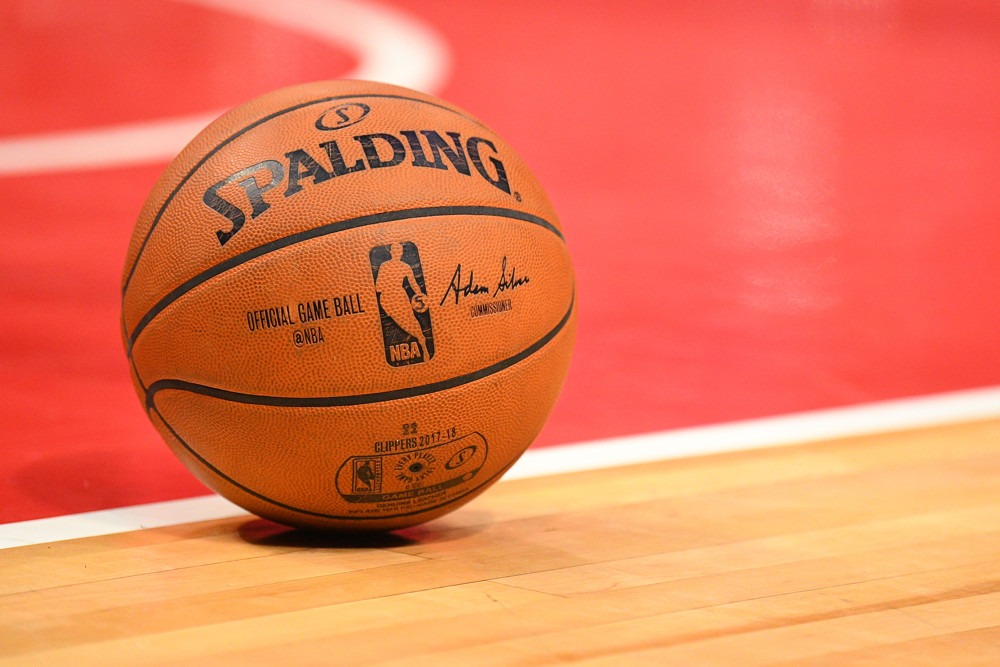
Over the next few weeks here, we’ll evaluate every SEC player that has a chance of going pro and take an in-depth look at their strengths and weaknesses as the NBA Draft approaches.
Next up, we take a trip down to the plains of Auburn to take a look at Mustapha Heron, who was one of the best players on a team that won the SEC regular season championship and made the NCAA Tournament, despite Austin Wiley and Danjel Purifoy being sidelined for the entire season.
Let’s take a look at Heron’s strengths and weaknesses after he somewhat surprisingly declared for the draft and announced his intentions to sign with an agent.
Diagnostics
- Name: Mustapha Heron
- Height: 6’5”
- Weight: 215 lbs
- Points Per Game: 16.4
- Assists Per Game: 0.9
- Rebounds Per Game: 5.3
- Field Goal Percentage: 49.2%
- Three Point Percentage: 33.1%
- Free Throw Percentage: 80.3%
- Points Per 100 Possessions: 31.3
- Assists Per 100 Possessions: 1.8
- Rebounds Per 100 Possessions: 10.1
Strengths
- Excellent frame
Heron is built like a rock, standing at 6’5” and boasting 215 pounds of pure muscle, and he makes use of that frame very effectively on both ends of the floor.
He is able to use his size at shooting guard to get to the basket effectively, as well as defend smaller guards with physicality.
Teams can always use size on the wings, and Heron certainly provides that, even though he might be a little undersized to move up into the small forward role at the NBA level.
- Rebounding
For a shooting guard that was at times forced play small forward in Auburn’s system, Heron rebounds well for his position.
He averaged 5.3 rebounds this past season, which placed him fifth in the SEC amongst guards, only trailing Egor Koulechov, Terence Davis, Quinndary Weatherspoon, and Dazon Ingram, who are all great rebounders in their own right.
Heron uses his frame to box out his man, as well as his athleticism to rise up and grab rebounds high above the rim.
His ability to rebound should translate to the professional ranks very nicely.
Weaknesses
- Consistent outside shooting
Heron struggled this past season to reliably make outside shots, which won’t bode well for his professional prospects due to his shooting guard frame at the professional level. Posting a 55.5% TS% isn’t all that bad, and his 33.1 percent from 3-point land is only slightly below-average.
But with Heron being a shooting guard and the NBA moving to an era of pace and space where 3-point shooting is quite important, it’s hard to really say that Heron is guaranteed to fit into that system unless he finds more consistency from beyond the arc.
On a positive note, he shot 42.3 percent from long range during his freshman season with the Tigers, so he’s at least proven that he can knock down shots consistently from long range.
- Rawness
Heron is a bit headstrong and ball-dominant, which can definitely cause plenty of problems in an NBA system that loves to move the ball and earn good shots with ball rotation and reversal.
To make an impact in the NBA sphere, Heron is going to need to change how he plays within the system to catch on and make a considerable impact.
NBA Team Fits/Draft Range
I personally believe that Heron shouldn’t have declared for the draft, especially since he was only a sophomore and could’ve used another year to develop certain aspects of his game.
Any team that decides to take a chance on Heron will know the risks of taking a project player like him, but I can definitely see a team taking a risk on him with a late-second round pick if they see the value in developing him.
I generally believe that NBA teams will likely pursue international draft-and-stash candidates in the latter stages of this draft, so as of right now, I don’t expect Heron to be drafted.
However, I wouldn’t be surprised if Heron picks up a Summer League contract and gets an opportunity at landing a camp invite based on his potential and overall skill set.
Draft range: Late 2nd round to undrafted
